Unit1民航服务英语
- 格式:pdf
- 大小:7.67 MB
- 文档页数:61



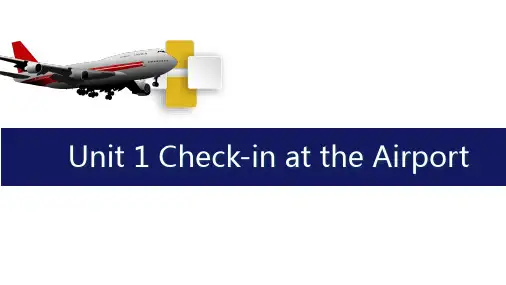
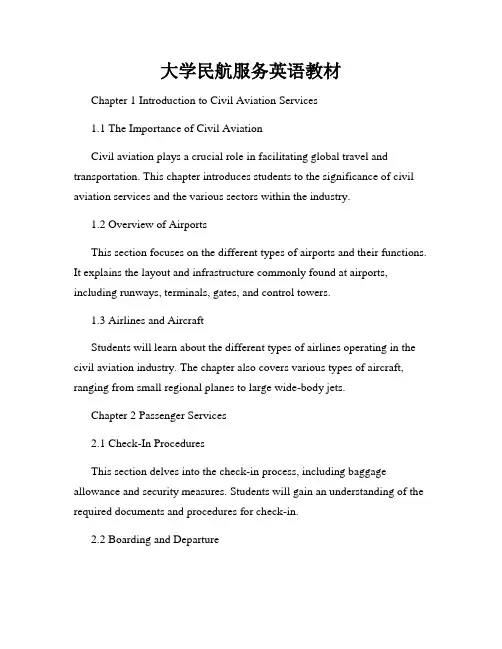
大学民航服务英语教材Chapter 1 Introduction to Civil Aviation Services1.1 The Importance of Civil AviationCivil aviation plays a crucial role in facilitating global travel and transportation. This chapter introduces students to the significance of civil aviation services and the various sectors within the industry.1.2 Overview of AirportsThis section focuses on the different types of airports and their functions. It explains the layout and infrastructure commonly found at airports, including runways, terminals, gates, and control towers.1.3 Airlines and AircraftStudents will learn about the different types of airlines operating in the civil aviation industry. The chapter also covers various types of aircraft, ranging from small regional planes to large wide-body jets.Chapter 2 Passenger Services2.1 Check-In ProceduresThis section delves into the check-in process, including baggage allowance and security measures. Students will gain an understanding of the required documents and procedures for check-in.2.2 Boarding and DepartureStudents will learn about boarding procedures, including gate assignments, boarding passes, and pre-flight safety checks. This section also explains how airlines handle boarding and departure delays.2.3 In-Flight ServicesThis section explores the range of services available to passengers during a flight, such as onboard meals, entertainment systems, and in-flight shopping. Students will understand the importance of providing excellent customer service during the flight.Chapter 3 Safety and Security3.1 Aviation Security MeasuresStudents will learn about the various security measures implemented to ensure the safety of passengers and crew. This section covers topics such as baggage screening, passenger screening procedures, and the role of air marshals.3.2 Emergency ProceduresThis section outlines the emergency procedures to be followed in the event of a crisis, such as an aircraft evacuation or medical emergencies. Students will understand the importance of proper training and preparedness for handling such situations.Chapter 4 Airline Operations4.1 Airline Reservations and TicketingStudents will gain insight into the process of making airline reservations, issuing tickets, and managing seat availability. This section also covers ticket pricing and fare structures.4.2 Baggage Handling and TrackingThis section explores the procedures involved in handling and tracking passenger baggage. Students will learn about the importance of accurate baggage handling and the use of advanced tracking technologies.4.3 Airline Customer ServiceStudents will understand the role of customer service in the civil aviation industry. This section focuses on handling customer inquiries, complaints, and providing assistance to passengers with special needs.Chapter 5 Airline Management5.1 Airline Finance and EconomicsThis section provides an overview of the financial aspects of running an airline, including revenue management, cost control, and profitability analysis. Students will gain insights into the economic challenges faced by airlines.5.2 Crew Resource ManagementStudents will learn about the importance of effective crew resource management in ensuring operational safety. This section covers topics such as crew communication, decision-making processes, and teamwork.5.3 Airline Marketing and PromotionThis section introduces students to the basics of airline marketing and promotion. It explores strategies used to attract and retain passengers, including advertising campaigns and loyalty programs.ConclusionThe completion of this English textbook on university-level civil aviation services equips students with essential knowledge about the industry. With an understanding of the various aspects of civil aviation, students will be prepared for future careers in this field.。
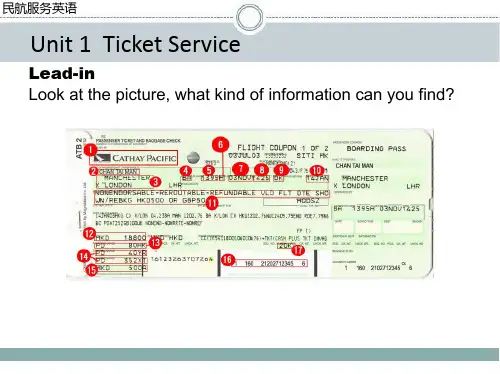

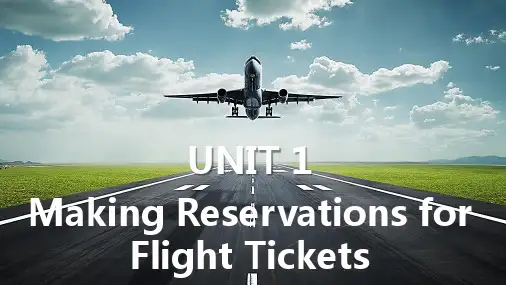

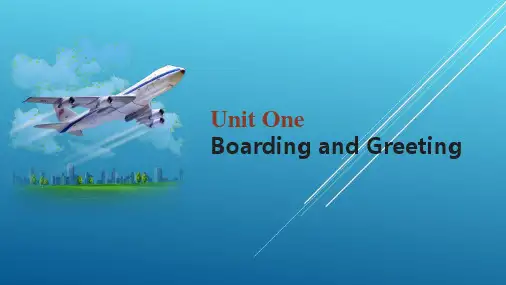
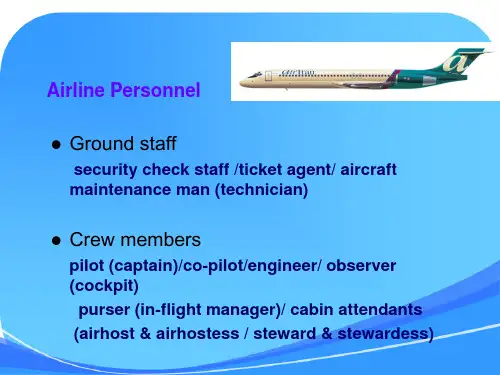
民航服务英语口语CONVERSATIONALENGLISHFORAIRLINE PASSENGERSERVICECall-center2008.8务ContentsUnit One Flight Information(航班务务) (3)Lesson One Flight Information(航班务务) (3)Lesson Two Travel Inquiry(航空旅游务务) (5)Lesson Three Documents(旅行文件) (6)Lesson Four Direct and Connecting Flights(直航班务程航班达与) (8)Unit Two Airline Reservations(务票) (9)Lesson One Reservations(务票) (9)Lesson Two Onward Reservations(务务程票) (10)Lesson Three Reservation Change(务票改务) (12)Lesson Four Delay and Cancellation(延务取消与) (13)Lesson Five Standby(候务) (14)Unit Three Ticketing and Fares(出票票价与) (16)Lesson One Ticketing(出票) (16)Lesson Two Fares and Means of Payments(票价支付方式与) (17)Lesson Three Lost Ticket and Refund(机票务失退票与) (18)Unit Four Reconfirmation(再务务) (19)Unit Five Check In(务理登机手务) (20)Lesson One Normal Check-in(务理登机手务) (20)Lesson Two Ticket and Passport(机票务照与) (22)Lesson Three Seat Preference and Baggage(座位务务行李与) (23)Lesson Four At the Check-in Counter(在行李交台运柜) (24)Unit Six At the Information Counter(在务务务) (25)Lesson One Passenger List(旅客务务) (25)Lesson Two At the Information Counter(在务务务) (26)Unit Seven Arrivals(到达) (28)Lesson One Transit Passengers(务境旅客) (28)Lesson Two Baggage Handling(行李务理) (29)Unit Eight Hotel and Ground Transportation(旅务地面交通与) (30)Lesson One Hotel(旅务) (30)Lesson Two Ground Transportation(地面交通) (31)Unit Nine A Charter Flight(包机) (33)Unit One Flight InformationLesson OneFlight InformationNotes1.How are you doing? 你好务,务是一句务候务。